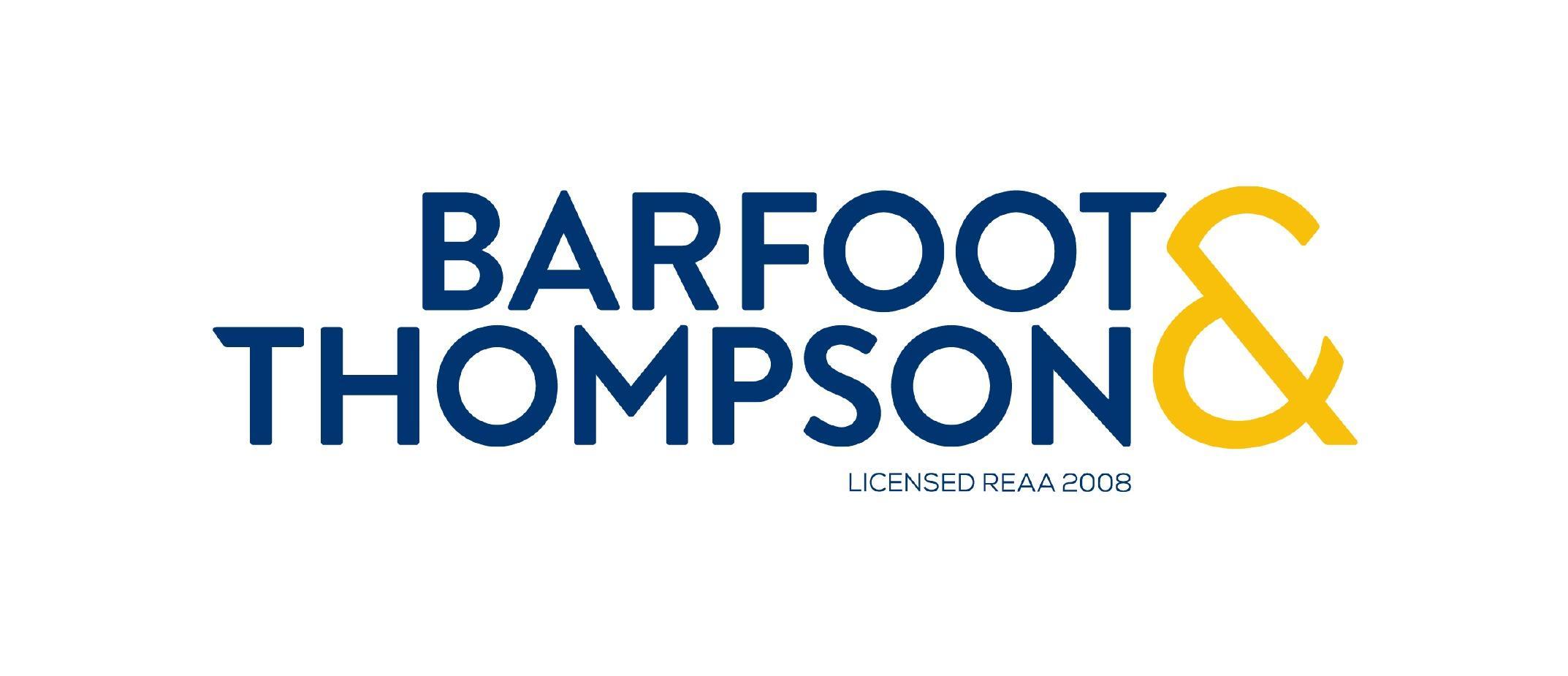Strange times have the tendency of throwing up unexpected challenges and these are certainly strange times.
We are only starting to feel the effects of the coronavirus pandemic. As to how the next few weeks or even months will unfold, it is simply too early to
tell.
at risk than others. For example, incomes from government-backed/social housing tenancies are less likely to be disrupted than incomes from private
renters working in the hospitality industry. Having this awareness at the early stage of a likely slowdown puts you in a strong position to mitigate
your cash-flow risks. As many seasoned investors who have gone through previous economic crises would tell you, in times like these, cash-flow is well
and truly king.
- Check and confirm your loss of rent coverage;
- Speak to your bank or broker to arrange for a flexi facility;
- Get a preliminary understanding of what it would take to go from a P&I loan to an interest-only loan;
- Open up a dialogue with your tenant and encourage them to front-foot any potential cash-flow issues/pain points with you (instead of burying their
heads in the sand); - Get on top of addressing existing arrears if you haven’t already; and
- Be open to either granting a temporary rent reduction or an alternative rental payment schedule to give your tenant some relief.
a recommendation for all landlords. In saying that, we are aware that under the right circumstances a rent reduction or an alternative payment schedule
could yield a win-win result for landlords and tenants long-term. If you are prepared to explore these ideas further, here are a few bits and bobs
to be aware of.
An alternative payment schedule
can take several forms. For example, say rent is due every Wednesday, you could come to an arrangement where over the next three months, rents fall
due in full on the last Wednesday of each month. Or you could agree to receiving only 50% of the rent every Wednesday for the next three months with
the remaining 50% being repaid in full by the following three months as an equal weekly payment added on top of the normal rent (i.e. from months four
to six the tenants pays 1.5x the usual rent).
A temporary rent reduction
your right to recover the deducted amount at a later date. For example, you could grant a temporary rent reduction to 50% of the rent for the next
three months. The tenant will pay half rent for three months after the term expires, the tenant will revert to paying full rent. The 50% of the rent
you have ‘lost out on’ over the three months will not be recoverable.
Should you proceed with either option, we recommend that you record the arrangement in writing (preferably as a variation to the tenancy agreement) signed
by both parties. Set down clear and specific terms. If it makes life easier, lay out in a table format all the projected payment dates and the amounts
to be paid. In the case of a temporary rent reduction, you will have to follow the terms of s24A which basically requires the variation to be in writing,
signed by both parties and delivered to the tenant before the variation would take effect. S24A confirmed that on expiry the original rent is reinstated
and the reinstatement does not count as an increase (which would otherwise affect your ability to increase rent at a later date). In the case of an
alternative payment schedule, be clear that should the tenancy come to an and end before the final payback date then all outstanding/delayed payments
are to be made in full.
the quality of the relationship, the skill-set of the tenant, the circumstances of their cash-flow pressure, the nature of the industry they work in,
your risk appetite and your personal cash-flow challenges. There is no one size fit all solution. Residential tenancy is, after all, people doing business
with people.
and be kind to one another.














Add Comment